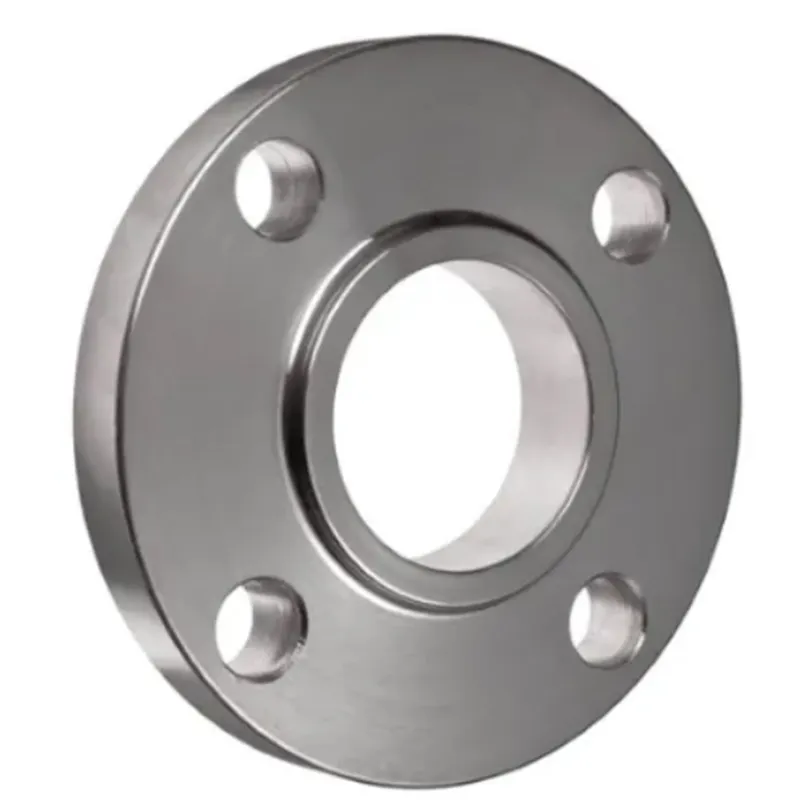-
Cangzhou Yulong Steel Co., Ltd.
-
Phone:
+86 13303177267 -
Email:
admin@ylsteelfittings.com
- English
- Arabic
- Italian
- Spanish
- Portuguese
- German
- kazakh
- Persian
- Greek
- French
- Russian
- Polish
- Thai
- Indonesian
- Vietnamese
- Zulu
- Korean
- Uzbek
- Hindi
- Serbian
- Malay
- Ukrainian
- Gujarati
- Haitian Creole
- hausa
- hawaiian
- Hebrew
- Miao
- Hungarian
- Icelandic
- igbo
- irish
- Japanese
- Javanese
- Kannada
- Khmer
- Rwandese
- Afrikaans
- Albanian
- Amharic
- Armenian
- Azerbaijani
- Basque
- Belarusian
- Bengali
- Bosnian
- Bulgarian
- Catalan
- Cebuano
- China
- China (Taiwan)
- Corsican
- Croatian
- Czech
- Danish
- Esperanto
- Estonian
- Finnish
- Frisian
- Galician
- Georgian
- Kurdish
- Kyrgyz
- Lao
- Latin
- Latvian
- Lithuanian
- Luxembourgish
- Macedonian
- Malgashi
- Malayalam
- Maltese
- Maori
- Marathi
- Mongolian
- Myanmar
- Nepali
- Norwegian
- Norwegian
- Occitan
- Pashto
- Dutch
- Punjabi
- Romanian
- Samoan
- Scottish Gaelic
- Sesotho
- Shona
- Sindhi
- Sinhala
- Slovak
- Slovenian
- Somali
- Sundanese
- Swahili
- Swedish
- Tagalog
- Tajik
- Tamil
- Tatar
- Telugu
- Turkish
- Turkmen
- Urdu
- Uighur
- Welsh
- Bantu
- Yiddish
- Yoruba

Nov . 17, 2024 13:28 Back to list
schedule 40 welded pipe fittings
Understanding Schedule 40 Welded Pipe Fittings A Comprehensive Overview
In the realm of plumbing and industrial piping systems, Schedule 40 welded pipe fittings have established themselves as a staple. Known for their durability, strength, and versatility, these fittings are widely used in various applications including residential plumbing, commercial construction, and industrial pipelines. This article delves into the specifics of Schedule 40 welded pipe fittings, exploring their characteristics, benefits, applications, and maintenance to provide a comprehensive overview for professionals and enthusiasts alike.
What Are Schedule 40 Welded Pipe Fittings?
Schedule 40 refers to a specific wall thickness in relation to the pipe's diameter, and it is identified by the American National Standards Institute (ANSI) standards. The “schedule” system is a way to denote the thickness of the walls of pipes, with higher numbers indicating thicker walls. Schedule 40 fittings are designed to withstand a certain level of pressure and have a standard wall thickness that varies according to the size of the fitting. This makes them suitable for a variety of applications, where both strength and reliability are essential.
Welded pipe fittings are those that are joined to pipes through welding. This connection method enhances the structural integrity of the joint compared to other forms of joining, such as threading or flanging. Welded connections provide a seamless transition between different segments of piping, minimizing the potential for leaks and increasing resistance to external pressures or stresses.
Characteristics of Schedule 40 Welded Pipe Fittings
1. Material Composition Schedule 40 fittings are commonly made from materials such as carbon steel, stainless steel, PVC, and CPVC. The choice of material often depends on the application, temperature, and chemical compatibility requirements.
2. Pressure Rating The fittings are designed to handle moderate to high-pressure applications. Their pressure rating can vary based on pipe diameter and material but is generally sufficient for many common commercial and industrial uses.
3. Size Range Schedule 40 fittings come in a variety of sizes, typically ranging from ½ inch to 24 inches in diameter, allowing for flexibility in designing piping systems.
4. Weldability The construction of welded fittings allows them to be easily integrated into existing pipework systems. The welding process adds an additional layer of strength to the system, ensuring long-lasting performance.
Benefits of Using Schedule 40 Welded Pipe Fittings
schedule 40 welded pipe fittings

2. Cost-Effectiveness While initially more expensive than some other types of fittings, the durability and longevity of welded connections often result in lower maintenance costs and a longer lifecycle, making them cost-effective in the long run.
3. Versatility These fittings can be used in various applications such as water supply systems, gas distribution, drainage systems, and industrial manufacturing processes.
4. Safety The integrity of welded joints minimizes the risk of leaks, which is crucial in applications involving hazardous materials or high-pressure systems.
Applications of Schedule 40 Welded Pipe Fittings
Schedule 40 welded pipe fittings are found in numerous scenarios, including
- Residential Plumbing Used in water supply lines and drainage systems. - Commercial Construction Ideal for HVAC systems and plumbing in office and retail buildings. - Industrial Applications Common in processing plants, oil and gas facilities, and manufacturing plants for fluid transport and management. - Irrigation Utilized in agricultural settings for irrigation piping systems.
Maintenance and Best Practices
To ensure the longevity and effectiveness of Schedule 40 welded pipe fittings, several maintenance practices can be beneficial
- Regular Inspections Check for signs of corrosion, wear, or damage, particularly in high-stress environments. - Proper Installation Ensure that fittings are installed by qualified professionals to maintain the structural integrity of connections. - Adherence to Standards Follow relevant industry standards and regulations during installation and maintenance for safety and compliance.
Conclusion
Schedule 40 welded pipe fittings are an indispensable component of modern piping systems. Their robust design, combined with the benefits of welded connections, makes them an ideal choice for a wide range of applications. By understanding their characteristics and proper maintenance, professionals can ensure the longevity and reliability of their piping infrastructure. Whether you’re involved in plumbing, construction, or industrial engineering, Schedule 40 welded pipe fittings are a reliable solution for your piping needs.
Latest news
-
ANSI 150P SS304 SO FLANGE
NewsFeb.14,2025
-
ASTM A333GR6 STEEL PIPE
NewsJan.20,2025
-
ANSI B16.5 WELDING NECK FLANGE
NewsJan.15,2026
-
ANSI B16.5 SLIP-ON FLANGE
NewsApr.19,2024
-
SABS 1123 FLANGE
NewsJan.15,2025
-
DIN86044 PLATE FLANGE
NewsApr.19,2024
-
DIN2527 BLIND FLANGE
NewsApr.12,2024
-
JIS B2311 Butt-Welding Fittings LR/SR 45°/90° /180°Seamless/Weld
NewsApr.23,2024











